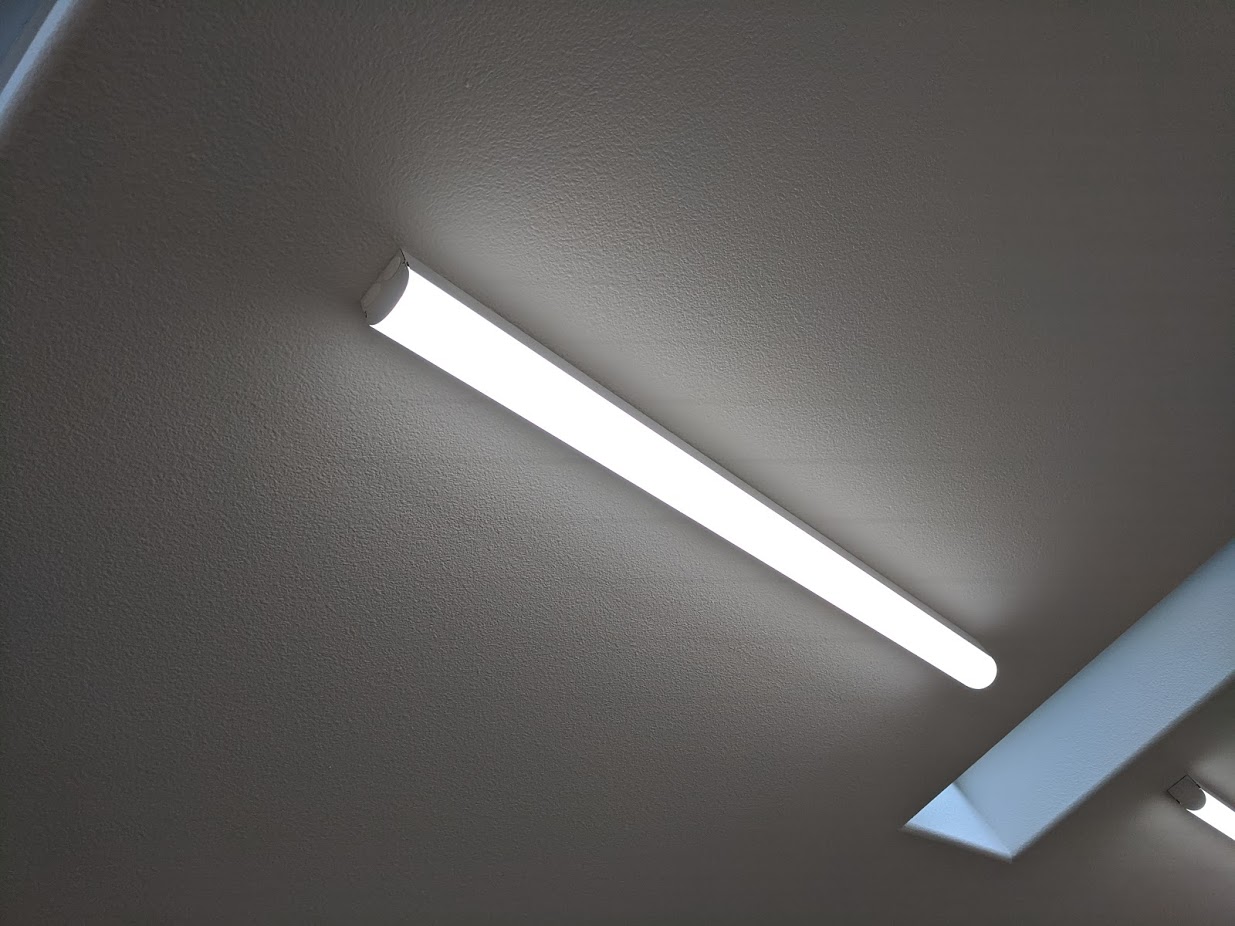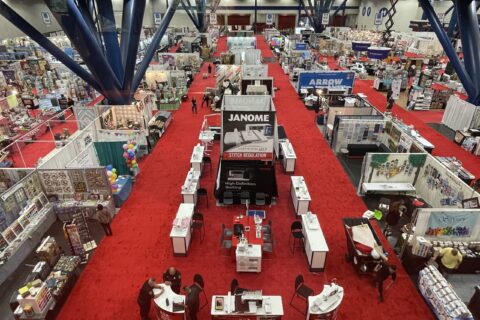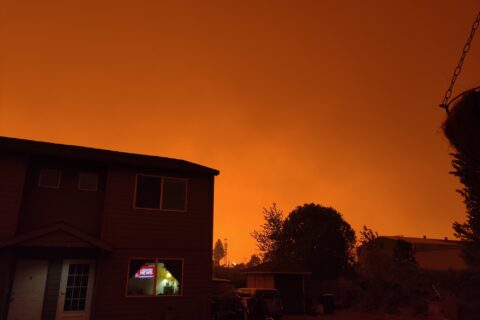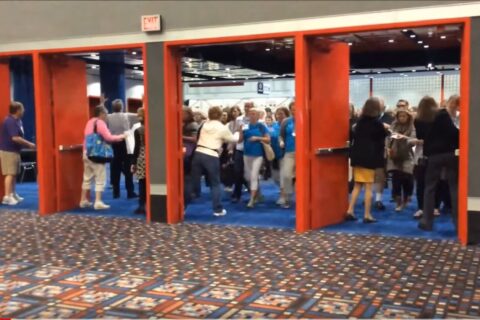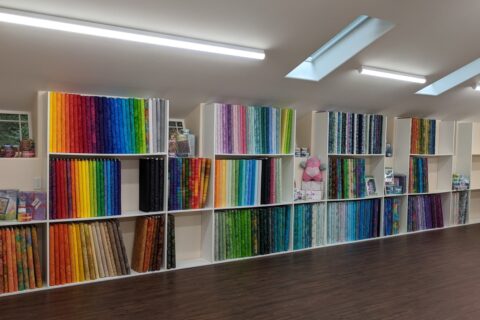Have you ever walked into a quilt store with fabric in hand that you are trying to match, only to discover later that what you thought was purple-ish is now red-ish? Or you buy a cream colored blender only to find out it looks brownish-tan when you look at it again outside or in the car?
Lighting can make a huge difference on our perception of color. And it’s not just the temperature of the light, it’s has a lot to do with something called CRI (Color Rendering Index) that has nothing to do with color temperature (Kelvin). CRI is a rating from 0% to 100% that references the accuracy of the light source (your light bulb) in comparison to natural daylight (a true color hue). The higher the CRI, the better it’s color rendering ability across a wide spectrum. Daylight has the highest level of color rendering, which is why we sometimes hold fabric to a window or it looks different after leaving the store.
Kelvin is a unit of measurement used to describe the color temperature of a light source. Common ranges are Soft White (2700K-3000K), Bright White (3500K-4100K), and Daylight (5000K-6500K). We want to look at fabrics in it’s truest color spectrum especially when matching a color or trying to blend multiple colors. This is true no matter what the medium. For example, have you ever picked out a color at the paint store only to paint it on your walls at home and say that it looks totally different than what you thought? A difference in color temperature or just the CRI within the same color temperature light bulb is enough to throw our eyes off or, in other words, influence our color perception.
In comparison, CRI affects the color of the object perceived while the Kelvin temperature affects the color of the light emitted


So what’s the best lighting for a sewing room or a quilt shop? This is the most invaluable decision one can make wherever color is critical. A high Kelvin/daylight color temperature of 5000K-6500K with a CRI rating of at least 90-95 or higher is the best lighting you can have for nearly all sewing rooms and quilt shops that use color as an important factor in their work space. However, this can come at a cost because this kind of lighting generally costs the most. Ever wonder why OttLites are so expensive? This is why you can see better with their lighting than with traditional incandescent lighting – it has a truer color.
With advances in CFLs and LEDs, it’s now easier than ever to be picky about your lighting (hey, this can even help with eye strain and may even spare you a headache). These bulbs come in a range of color temperatures and CRIs which can be found locally or online. Many of these choices now come standard with dimming capabilities. This is important when working at night when less bright light is needed. Having a bulb that dims with a high CRI will keep the true spectrum of color but allow less harshness of the amount of light emitted. If you have a bulb with low CRI but a high Kelvin temperature, dimming this light will change the way you perceive the color spectrum even though the light is still considered bright white/daylight.

What did I install in my quilt shop? After a lot of research, I chose to go with an LED made by Cree Lighting with a 5000K temperature and a 92-95 CRI rating. Not many manufacturers make a light with this capability, but Cree is one of the few. I debated for many months on if this color rating would end up looking blue or make the shop feel like a parking lot inside. I was on the fence about choosing a Bright White/4000K instead but I ended up choosing the 5000K in the end. When the lights were finally installed, I couldn’t have been more thrilled! It was like having the color of the sun inside the quilt shop and not too bright either. It was a very true white light with no yellow or blue (not even a tinge!) and no matter where I’m looking at fabric in the shop, it always looks the same true color, as if I’m outside on a clear sunny day while standing inside the shop all at the same time.
Equally important is mixing artificial light with sunlight via skylights and windows; the more natural sunlight the better. This will increase the color spectrum of our eyes and help us to see the fabric colors in it’s truest form. Come see the difference good lighting can make in our quilt shop when we open in 2020!
